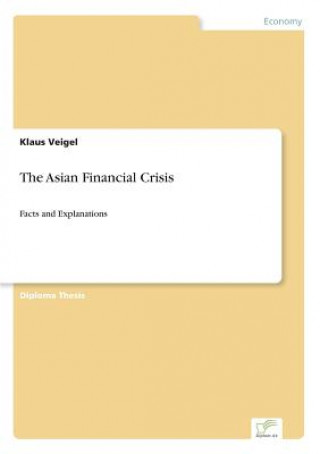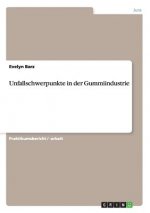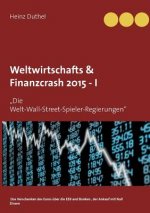
Доставка
Наръчник за пазаруване





Не ви допада? Няма проблеми! При нас имате възможност за връщане в рамките на 30 дни
 Подаръчен ваучер
на всякаква стойност
Подаръчен ваучер
на всякаква стойност
Няма да сбъркате с подаръчен ваучер. Получателят може да избере нещо от нашия асортимент с подаръчен ваучер.
Asian Financial Crisis
 Английски език
Английски език
 278 b
278 b
30 дни за връщане на стоката
Може би ще Ви заинтересува


Diploma Thesis from the year 1999 in the subject Economics - Macro-economics, general, grade: 1,0, University of Freiburg (Unbekannt), language: English, abstract: Inhaltsangabe:Abstract: Macroeconomic stability and rapid export growth were the two key elements in starting the virtuous circles of high rates of accumulation, efficient allocation, and strong productive growth that formed the basis for East Asia s success. (World Bank, 1993). Public perception of the Asian economies could hardly have shifted more since that time. Currency depreciation, rising corporate bankruptcy, bank failures, and sovereign bonds downgraded to junk bond status ended the euphoria in Asian emerging markets . Almost overnight, the reputation of the Newly Industrialized Countries (NICs) in East and South East Asia deteriorated from a model of efficient development to an example of worst crony capitalism .§Politicians, rating agencies, and investors were caught off guard by the development of the Asian financial crisis. During the meeting of the Asia-Pacific Economic Co-operation forum (APEC) in November 1997, U.S. President Bill Clinton referred to the financial crisis in Asia as merely a few small glitches in the road . Moody s and Standard and Poor s had upgraded the Philippines long term debt rating a few months earlier and downgraded the affected economies only when the crisis persisted for more than three months. Com-paring Thailand s situation to Mexico s economy prior to the peso crisis 1994-1995, the Morgan Stanley star analyst Barton Biggs wrote in January 1997: Thailand s problems are cyclical, not secular. Thailand is not Mexico in late1994. [..]On the numbers, Thailand qualifies for the euro and is healthier than Germany . The optimism seemed warranted by a history of high growth in the Asian countries. Before the outbreak of the crisis, Malaysia, Indonesia, Korea, and Thailand had experienced uninterrupted growth of more that 5 percent of GDP per year for almost two decades.§The economic profession also experienced its Waterloo in Asia. Economists not only failed to predict the crisis; they also failed to recognize the vulnerability of the region. Paul Krugman (1994) in his now famous article in Foreign Affairs was the only well-known economist to doubt the sustainability of rapid growth in East and Southeast Asia. Nevertheless, even he did not predict this kind of collapse, but rather a gradual economic slowdown of growth.§Despite the initial confusion among economists, academic discussion about the Asian financial crisis quickly crystallized around two different explanations of the crisis. One explanation of the Asian financial crisis states that the affected countries suffered from constantly deteriorating fundamentals, such as worsening cur-rent account deficits, growing dependence on short-term loans, slowing export growth, and a rising share of non-performing loans. This made a crisis inevitable. Proponents of this explanation believe the Asian countries were ruled by crony capitalism . Implicit and explicit government guarantees of loans led to over-investment and to investment in non-tradable and risky sectors, such as real estate and the stock market. This created an asset bubble, which eventually burst and dragged the over-leveraged financial intermediaries down with it.§The situation was aggravated by the fact that borrowed funds were largely de-nominated in U.S. dollars. The run on the currency and the subsequent abandon of the exchange rate peg gave rise to a skyrocketing debt burden in terms of domestic currency and caused a further spread of bankruptcies.6 Although the proponents of the crony capitalism explanation acknowledge that market might have overreacted, they argue that the exchange rate crisis was fully warranted by fundamentals and not entirely caused by market irrationality.§The second explanation blames the outbreak and the spread...
Информация за книгата
 Английски език
Английски език
Категории


 Контакт
Контакт Как се пазарува?
Как се пазарува?
























